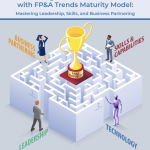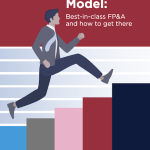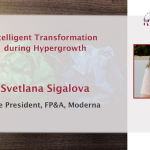The London FP&A Board met on 27 September to discuss the latest FP&A Trends Maturity Model and how to foster Intelligent Transformation in your organisations. 31 senior finance and thought leaders attended the event, including representatives of such companies as London Stock Exchange Group, GSK, Convatec, Financial Times, HSBC, Orange Business and many more.
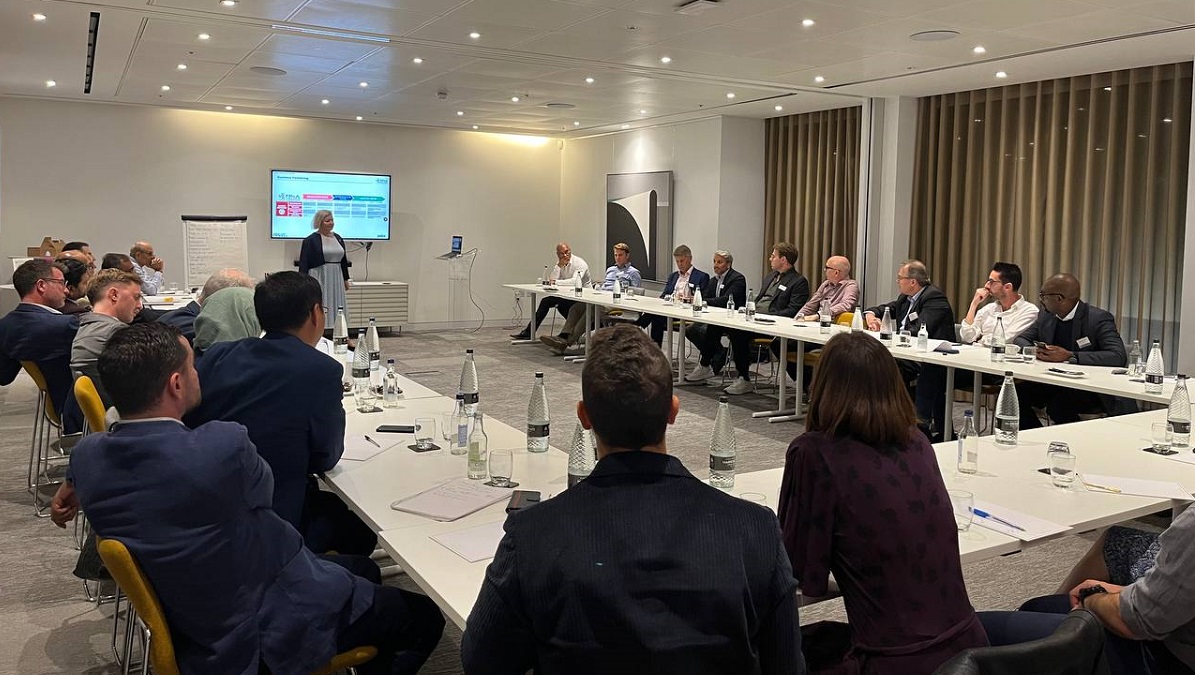
Figure 1: London FP&A Board Meeting №31, September 2023
The meeting was sponsored by Jedox in partnership with International Workplace Group and Michael Page.
This article summarises the most important takeaways from this think-tank.
What Holds Us Back
The evening kicked off with a brief summary from each FP&A Board Member on the most significant issues during the transformation. A number of people cited data-related concerns, such as quality, accessibility, standardisation or access speed to it. Another common theme was people and culture. The breadth of skills that FP&A professionals need to develop and the culture change that includes leadership support were also frequently mentioned. It was also noted that the speed and agility of analysis are becoming even more important. FP&A teams have to facilitate real-time insights for all branches of the organisation.
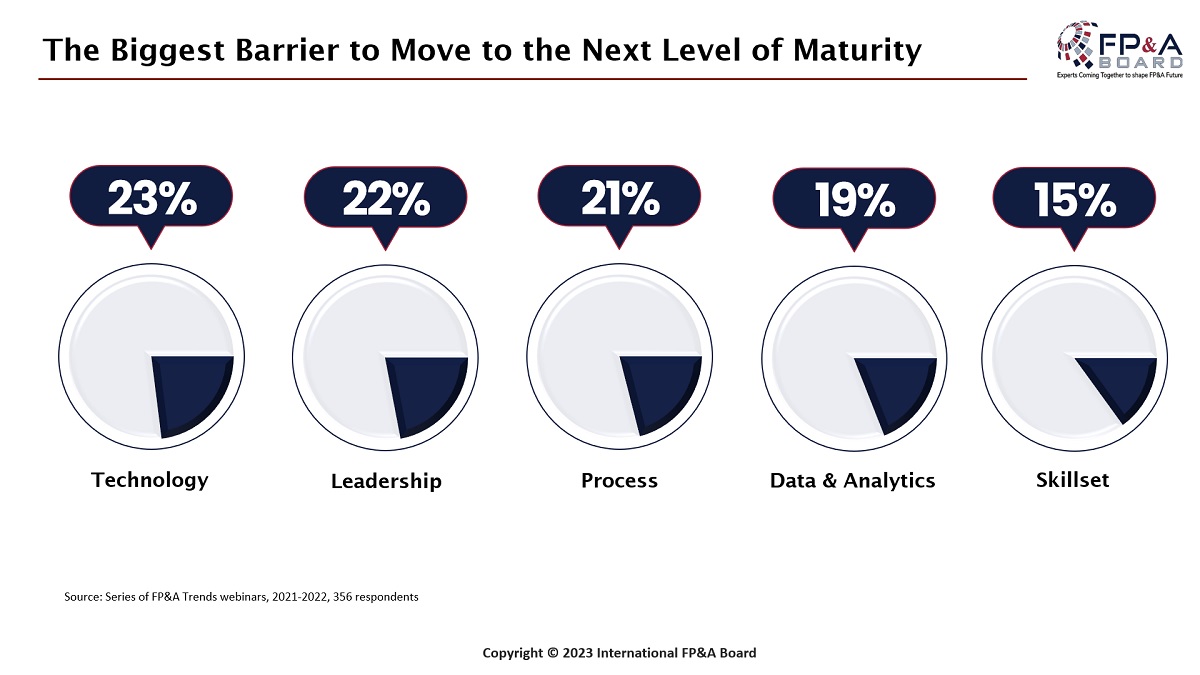
Figure 2
Five factors with almost equal importance can be considered barriers to moving up the maturity scale. Larysa Melnychuk, the discussion facilitator, focused the attendees’ attention on factors needed for successful FP&A change.
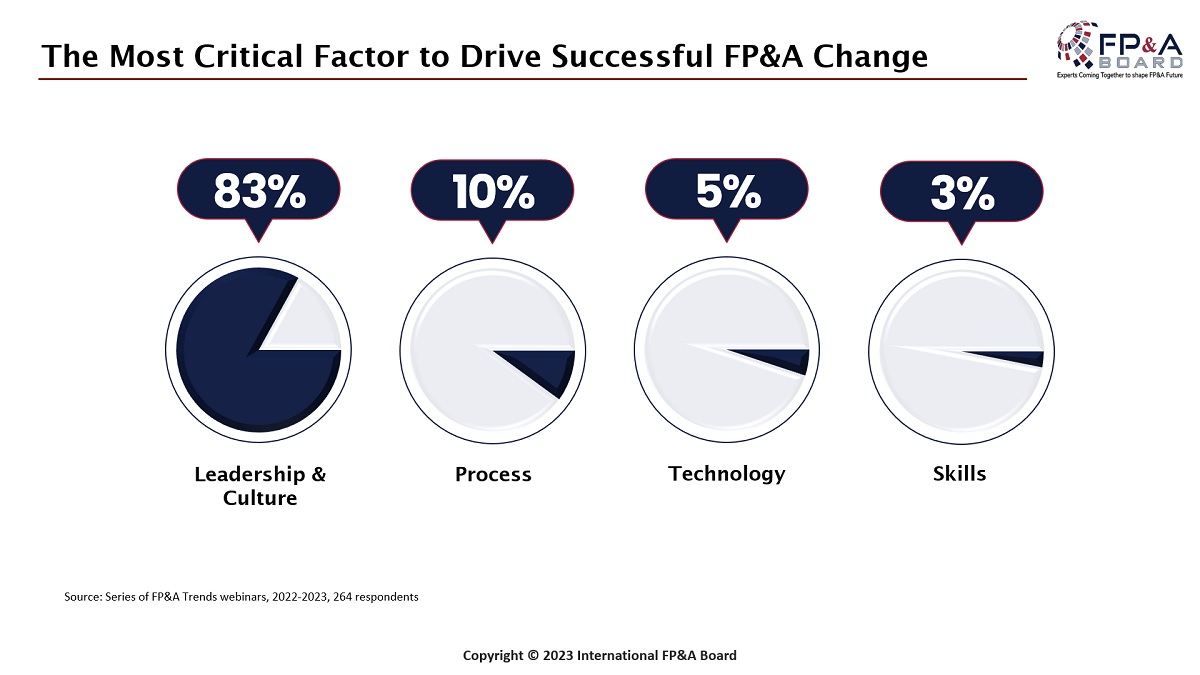
Figure 3
The overwhelming impact of Leadership and Culture was not a surprise. Technology, skills and processes can all be addressed through investment in them. However, if the business leaders do not support this investment, it will either not be provided or struggle to succeed.
FP&A Maturity and the FP&A Trends Maturity Model
After an inaugural exchange regarding the barriers, the discussion moved on to defining the maturity of an FP&A function.
“Maturity is the capacity to withstand uncertainty” - John Huston Finley, former commissioner of education of New York.
The maturity journey may also be described as moving from monitoring to driving performance. To onboard on this journey, FP&A teams should use the FP&A Trends Maturity Model as their guide.
The FP&A Trends Maturity Model was introduced at the London FP&A Board in 2016. Over the years, senior FP&A practitioners have contributed to its development, and now it has input from 30 FP&A Boards across 16 countries. The tool is free to use and can help your organisation with benchmarking and transformation to deliver better outcomes for your business.
The model has 6 dimensions and describes 5 stages of maturity for each of these. The dimensions are divided into 3 soft (Leadership, Skills, Business Partnering) and 3 hard (Process, Data & Analytics, Technology). The forum discussed all of them in detail.

Figure 4: Soft Dimensions of the FP&A Trends Maturity Model
It was also questioned whether it is harder to galvanise the longer-tenure people in an organisation, as they may fear and be resistant to change. The London FP&A Board Members noted that changes often require action across the wider business to facilitate the FP&A function’s data needs. That is why having cross-company support and commitment becomes crucial. You will need an organisational alignment and a change champion at the Board level to streamline your FP&A transformation.
FP&A storytelling is seen as a particularly important skill for bringing data to life and influencing business decisions and performance. Some of the attendees posed a question about the impact generative AI may have on FP&A storytelling. Larysa emphasised the importance of two specific roles: FP&A Data Scientist and FP&A Architect. These are quite hard to find, but their value continues to increase as they have a unique blend of IT and finance skills. During the forum, the FP&A leaders agreed that FP&A teams need a mix of skills. In addition, not all should cater to traditional finance, as one even asked if a “financial journalist” would be a good addition to help develop the storyteller’s skill set. Recognising where skills gaps exist and a mindset of continuous growth are also necessary for facilitating the transformation journey.
The last but not least point regarding the soft part of the FP&A Trends Maturity Model was dedicated to FP&A Business Partnering. It was contrasted with finance Business Partnering. It was generally agreed that although these notions have a lot in common, they do differ. The first difference is that the FP&A team may be more focused on providing the Board and senior leadership with insights. Such a role is perhaps more strategic in nature and will contribute to challenging the status quo. Contrary to it, the finance Business Partnering will be much more deeply involved in the drivers of the business performance and influence specific key commercial outcomes. They are also more likely to communicate with a far wider range of people across the business. The discussion on this subtopic concluded that having great communication skills and being a trusted advisor who can influence the decision-making process is imperative.
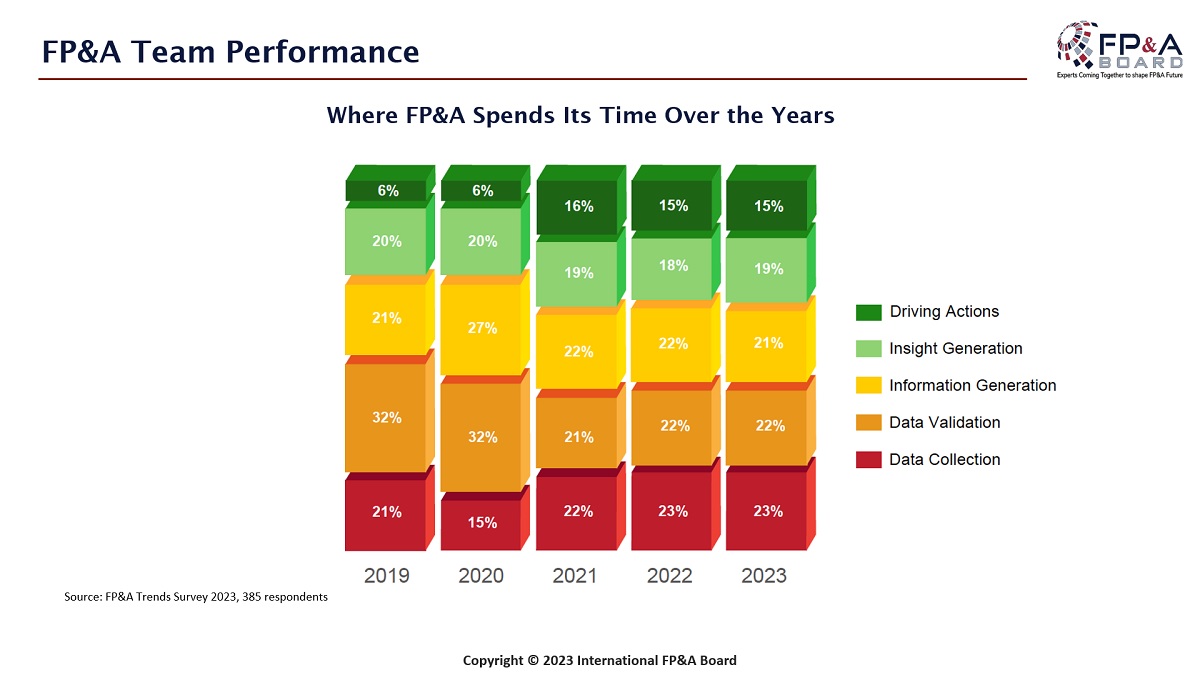
Figure 5
The London FP&A Board also addressed the FP&A teams’ time distribution issue revealed by the latest survey findings. Whilst there has been some progress, it is still notable how much time is devoted to the basics, such as collecting and validating data.
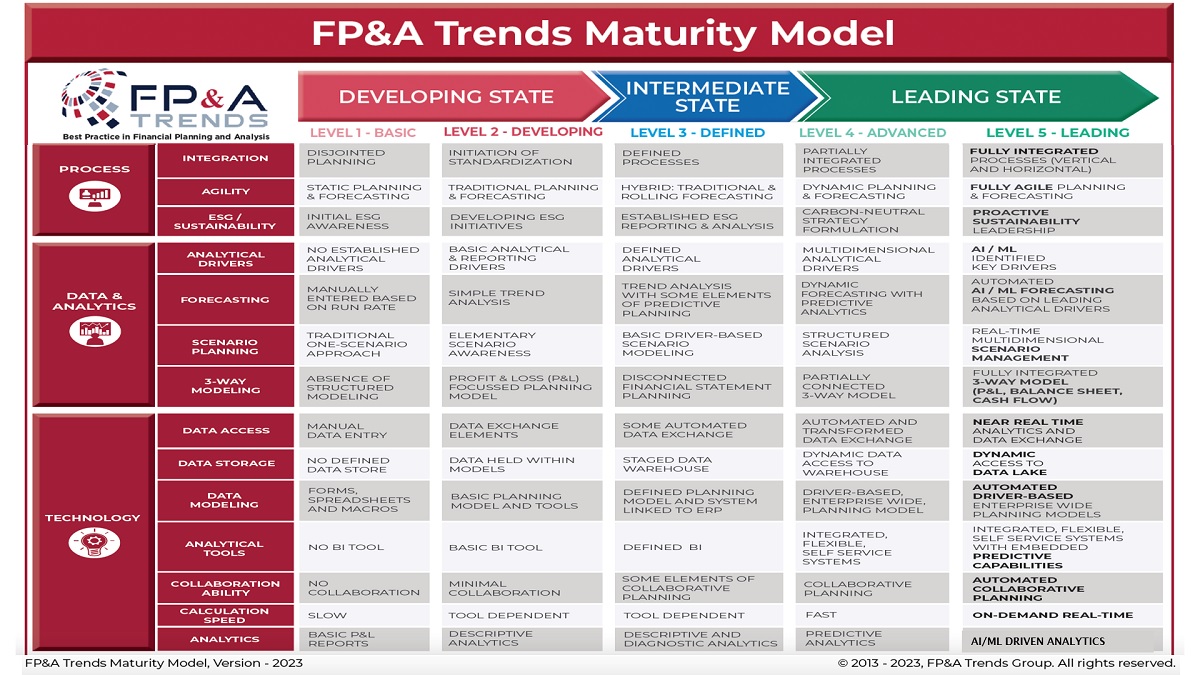
Figure 6: Hard Dimensions of the FP&A Trends Maturity Model
Right after the highly insightful discussion on the soft dimensions, the group went on to discuss the “hard” ones. The “process” was the icebreaker in this section. A good process should include a fully integrated workflow and be agile in order to adapt to changing circumstances. The processes should promote teamwork and collaboration throughout the entire organisation. During the discussion at this stage, the attendees highlighted two key organisational activities: Planning and Budgeting. The FP&A Board members recognised that there would be a top-down target setting and a bottom-up detailed outlook. Such an approach can help identify the gap between the current trajectory of the business and what the company leadership wishes to deliver. In turn, it can facilitate the assessment of activities to eliminate this gap and provide an understanding of the risks.
Scenario Management can play an important role here. We have to remember that we always need to consider not only P&L but also the balance sheet and cash flow. The bottom-up analysis should be data-driven and rely on driver-based models. However, going beyond financial metrics and including operational ones is also crucial.
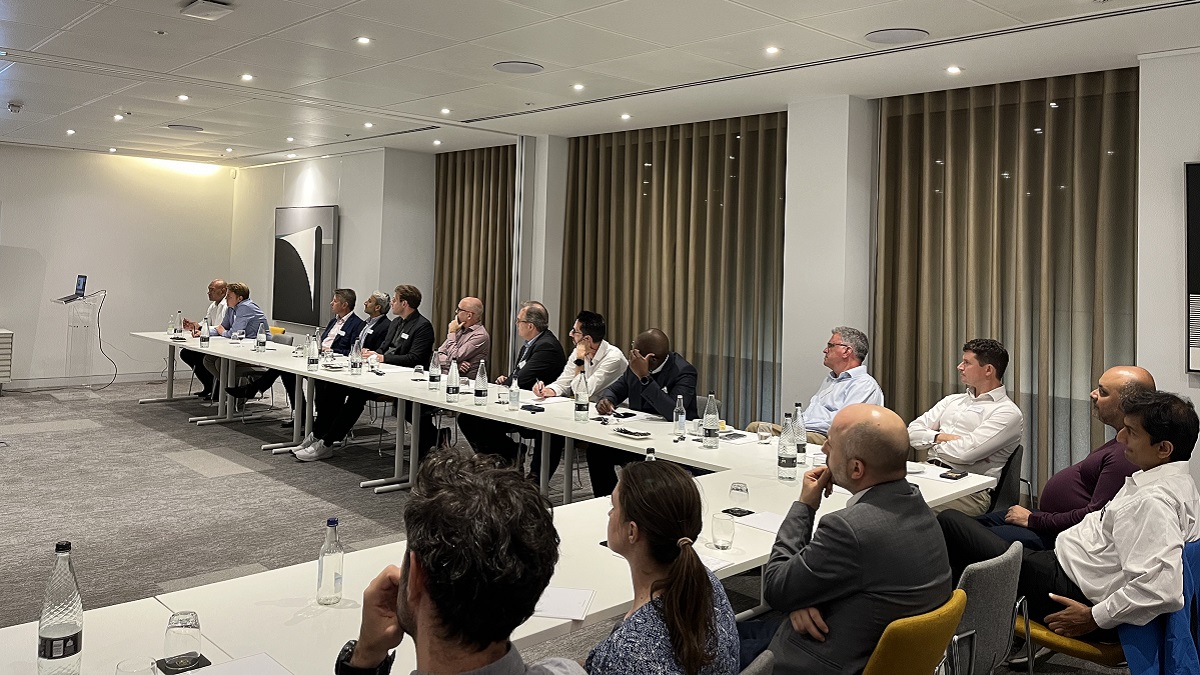
Figure 7: London FP&A Board Meeting №31, September 2023
The importance of good and relevant data had already been highlighted at the start of the meeting. But still, data-related issues were considered barriers to the FP&A transformation. It was stated that you need to collaborate closely with IT to assess data sources, their accuracy and accessibility. Since data can reside internally and externally, the trick is to bring it all together and make it available for the FP&A team, and this is where the IT department can help. Understanding the data and context is also important, as you can’t necessarily rely on data from the COVID period in models to project forward.
Technology was stated to be the enabler of an effective and mature FP&A function. People need to understand the capabilities brought to them by technology. Pilot projects can be useful ways to develop the technology capability and foster wider adoption of it in your organisation. The importance of a modern planning platform for FP&A had also been highlighted before the participants were split into groups.
Group Discussions
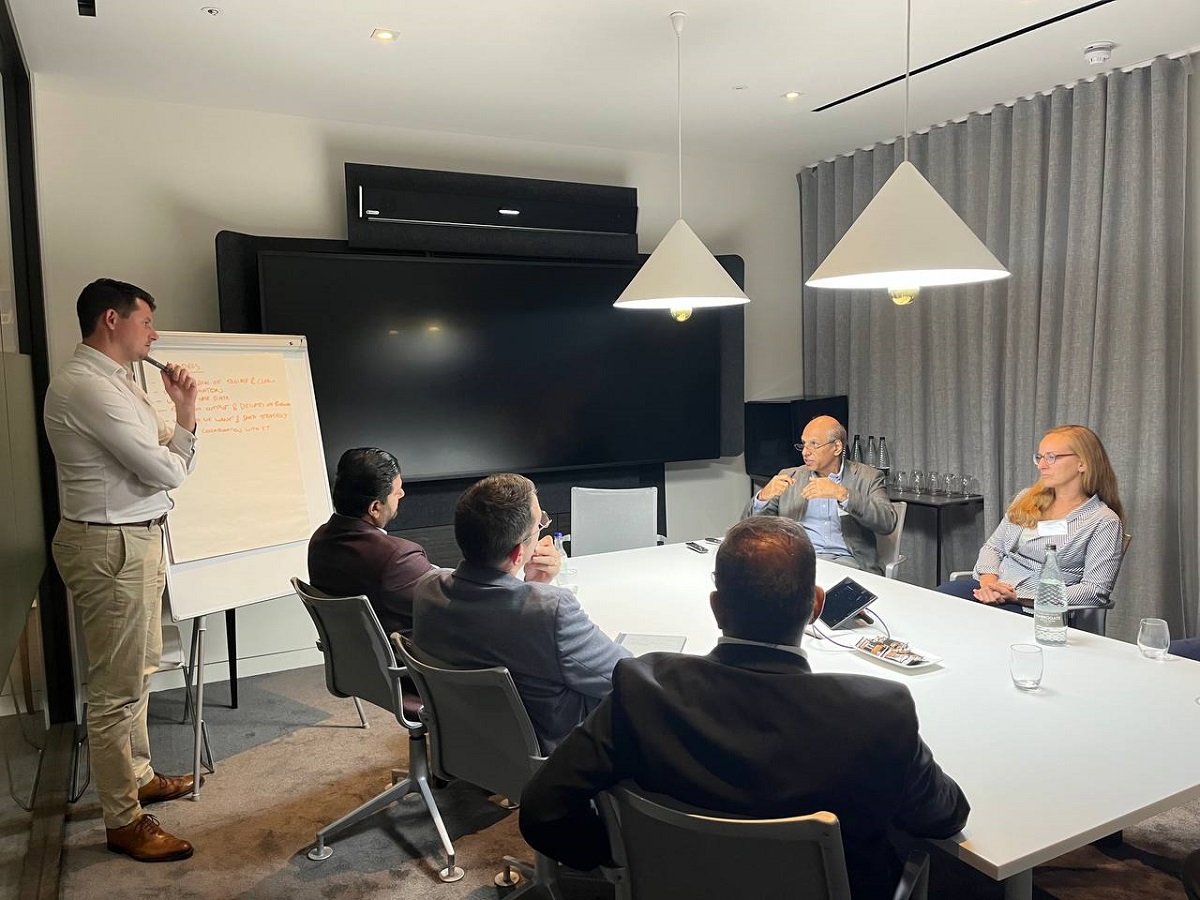
Figure 8: Group Work, London FP&A Board Meeting №31, September 2023
The participants split into 3 groups to further discuss the topics of Data & Models, Systems & Processes and People & Culture. All in all, the FP&A Board members shared their feedback to highlight the following pain points in each section:
Data & Models
- Structure of data
- Focus on the business outputs so you can provide what the business wants
- Consider integrations for ingesting data into models and for exporting out early
- Create a written down data strategy from the outset
- Involvement of key stakeholders is key
Systems & Processes
- A lack of standardisation and multiple systems with data in disparate places is a challenge to overcome
- Do we create a data lake?
- Clarify the problem that you are trying to solve
- Politics around systems and processes can get in the way
People & Culture
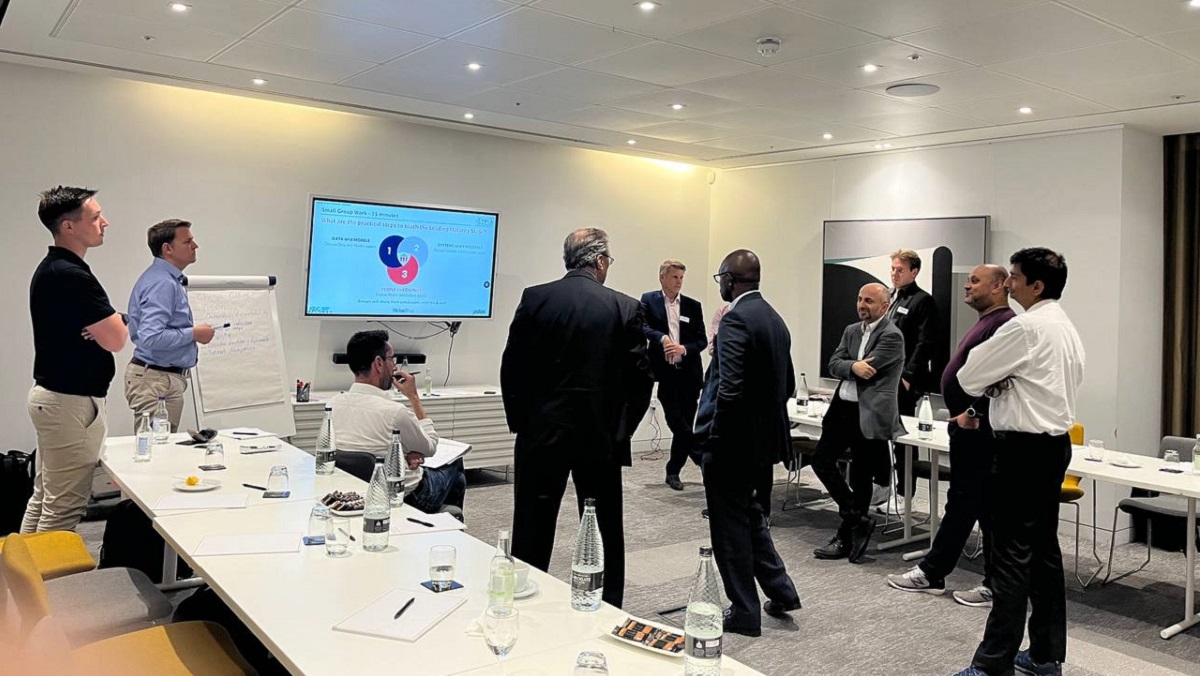
Figure 9: Group Work, London FP&A Board Meeting №31, September 2023
- Change should be supported from the top
- Need a vision of where we want to be
- Ownership and accountability
- What do you want the culture to be? How do you shift it?
- Buy-in is important
- Talent management and future skills: the will to do something may be more important than the skill to do so, as this can be taught.
Conclusions
The FP&A Trends Maturity Model provides the framework to assess current capability and identify what next steps are required to improve the effectiveness of FP&A. The wide-ranging discussion over the evening using this model provided food for thought and some interesting reflections from the participants. The session ended with networking, where attendees could share their thoughts.


